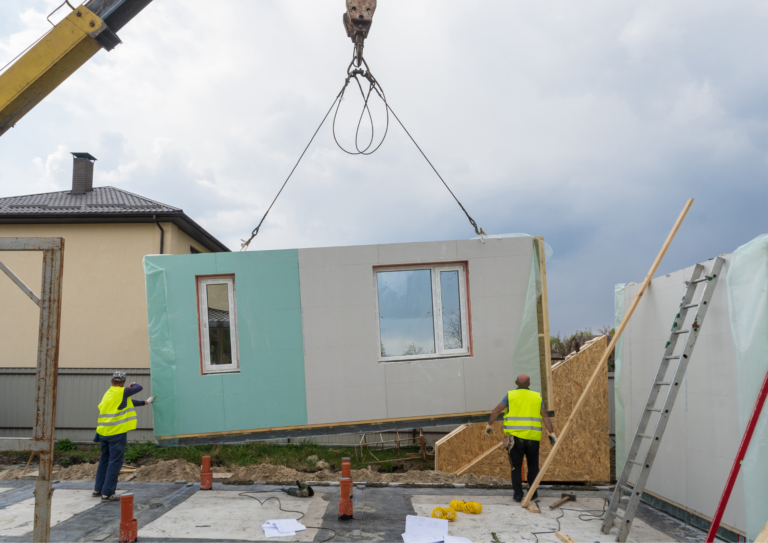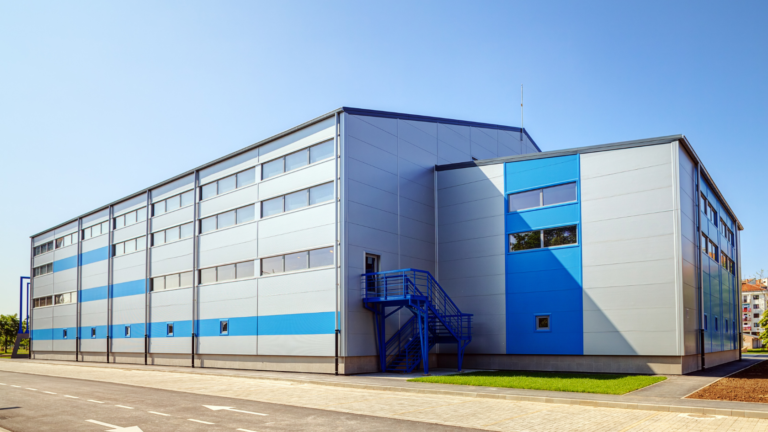In todays architecture and building industry metal structures have become an cost efficient choice, for purposes. Whether for dwellings or commercial establishments metal buildings offer strength, design flexibility and significant cost advantages over building methods. This detailed guide explores the world of metal buildings covering aspects like their construction process, customization options, economic advantages and environmental impact.

Understanding Metal Buildings
Metal buildings also referred to as steel structures or prefabricated metal kits are constructed primarily using steel components. These structures are built off site. Then transported to the construction location for assembly. This prefabrication method helps streamline construction schedules and lower labor expenses making metal buildings an option for homeowners and businesses.

Benefits of Metal Buildings
1. Endurance and Robustness
• Metal constructions are known for their robustness and structural soundness. Steel— the material in these buildings— offers resistance against pests, fire hazards well as harsh weather conditions such as wind and snow.
• This durability ensures that metal buildings have a lifespan compared to wooden structures leading to reduced maintenance costs, in the long run.
2. Design Flexibility
• Despite what many people think metal structures offer a deal of customization when it comes to design. Thanks, to manufacturing methods there’s an array of architectural styles and finishes available allowing for the creation of anything from contemporary homes, to charming barn inspired buildings.
• This design versatility also applies to layouts making it easy to adapt to floor plans and spatial needs.
3. Cost Efficiency
Metal buildings offer a cost solution, for construction projects. Prefabricated metal building kits are known for their affordability compared to construction methods thanks to reduced labor costs and faster assembly times.
Furthermore the durability and minimal maintenance requirements of steel structures make them a wise investment choice for homeowners and businesses seeking to manage their budgets.
4. Sustainability
In terms of sustainability metal buildings have eco benefits. Steel is a material commonly used by manufacturers, which helps reduce the impact of construction activities.
Moreover these buildings can achieve energy efficiency levels through insulation and other energy saving techniques thereby lowering their carbon footprint throughout their lifespan.

Applications of Metal Buildings
1. Residential Use
When it comes to use metal buildings are gaining popularity as homes due to their cost effectiveness and customizable options. Homeowners have the flexibility to select from a variety of designs and floor plans to create a living space that aligns with their preferences and requirements.
2. Commercial and Industrial Buildings
Additionally metal building kits for purposes typically include all components such as structural frames, roofing materials and siding. This simplifies the construction process, for homeowners who opt for DIY projects or hire contractors.
In settings metal structures are commonly used for warehouses, manufacturing plants, retail stores and office spaces. The wide open interiors of steel buildings allow for layouts, without the requirement, for support columns optimizing the available floor area.
3. Agricultural Buildings
Structures, on farms like barns sheds for equipment storage and shelters for livestock are commonly made using metal building kits. Steel offers protection against the weather. Helps keep agricultural assets safe and secure.

Cost Considerations
1. Initial Expenses
• The price of a metal building kit can vary based on factors such as size, design complexity, location and additional features like insulation and windows.
• Typically metal buildings can be much cheaper to build than structures especially when factoring in the labor costs associated with prefabrication.
2. Installation Expenses
While metal building kits usually come with all parts for assembly there are expenses to think about such as site preparation, foundation work and connecting utilities.
• Hiring contractors or choosing a turnkey solution where the manufacturer oversees installation may increase the project cost but ensures expert assembly and compliance with local construction regulations.
3. Long Term Cost Savings
Over time the strength and energy efficiency of metal buildings result in cost savings from upkeep and lower utility bills. Steel constructions endure wear and tear compared to materials reducing maintenance and replacement expenses, in the long run.
Choosing the Right Metal Building
When deciding on a metal building, for your project whether its, for a home, business space or agricultural use take into account the following aspects:
1. Purpose and Functionality
When deciding on the purpose and features of a building it’s important to consider how it fits into your goals. This includes thinking about its size, layout and details, like doors, windows and insulation.
2. Design and Aesthetics
Customizing the design of the building is key to ensuring it blends well with its surroundings. Reflects your style or brand.
3. Local Building Codes and Regulations
Before starting construction make sure you understand and comply with zoning laws building codes and permit requirements.
Conclusion
Metal buildings have transformed the construction industry due to their durability, flexibility and cost effectiveness. Whether you’re constructing a residence expanding your business space or upgrading facilities metal building kits offer a practical and eco friendly solution. By embracing steels strengths and modern manufacturing techniques these structures lay a foundation for architectural innovation.
Choosing a metal building isn’t about finances; it’s also an investment, in lasting durability, eco friendliness and operational efficiency.In the evolving landscape of technology and changing consumer tastes metal structures are poised to maintain their relevance, in construction leaving a lasting impact, on the architectural landscape for years to come.





